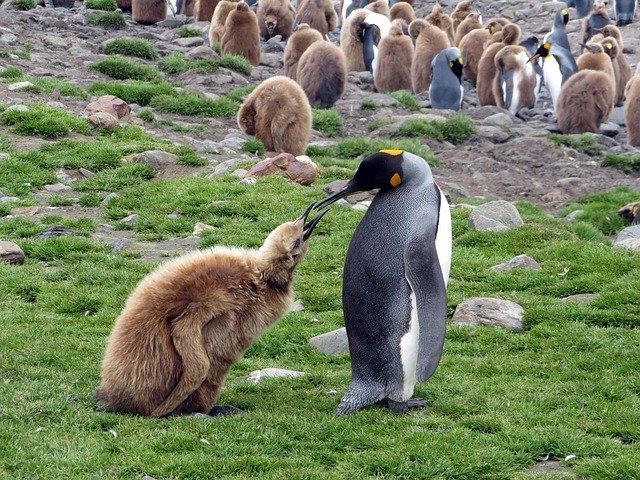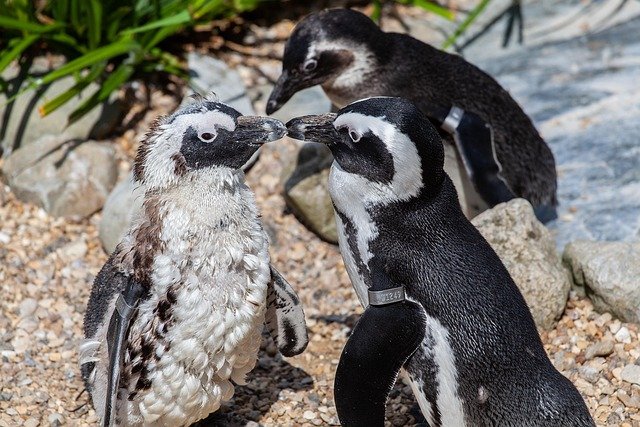**Title: "The Social Lives of Penguins: Understanding Their Complex Communities"** **Overview:**

The Social Lives of Penguins: Understanding Their Complex Communities
Penguins are often seen as the quintessential symbols of the Antarctic, waddling across icy landscapes and diving into frigid waters. However, beneath their charming exterior lies a rich tapestry of social behavior that is both fascinating and complex. In this post, we will explore the intricate social lives of these remarkable birds, shedding light on their community structures, communication methods, and social interactions.
The Importance of Social Structures
Penguins are highly social animals that thrive in colonies, which can range from a few dozen to several thousand individuals. These colonies provide numerous benefits:
- Protection from Predators: Living in large groups helps penguins deter predators, as there is safety in numbers.
- Cooperative Breeding: Some species engage in cooperative breeding, where individuals help care for chicks that are not their own, enhancing the survival rates of the young.
- Resource Sharing: Penguins often share information about food sources, which is crucial for survival in harsh environments.
Communication: The Language of Penguins
Communication plays a vital role in the social lives of penguins. They utilize a variety of vocalizations, body language, and visual displays to interact with one another. Here are some key aspects of their communication:
- Vocalizations: Penguins have unique calls that help them identify mates and chicks within the bustling colony. These calls can convey different messages, from alarm signals to mating calls.
- Body Language: Postures, movements, and even the way they preen can communicate social status and intentions.
- Visual Displays: During courtship, penguins may engage in elaborate displays, such as bowing or presenting pebbles, to attract mates.
Social Interactions: Bonds and Hierarchies
Within penguin colonies, social interactions can be quite intricate. Penguins form strong bonds with their mates, often engaging in behaviors that reinforce their partnerships, such as mutual preening and synchronized swimming. Additionally, social hierarchies can emerge, influenced by factors like age, experience, and breeding success.
- Mating Pairs: Many species are monogamous for a breeding season, and some even form long-term partnerships. This bond is crucial for raising their young.
- Dominance Hierarchies: Within colonies, certain individuals may establish dominance, influencing access to resources and mating opportunities.
The Role of Parental Care
Parental care is a cornerstone of penguin social life. Both parents typically share responsibilities in incubating eggs and feeding chicks. This cooperative approach not only strengthens their bond but also increases the likelihood of chick survival in the harsh environment they inhabit.
Conclusion
The social lives of penguins are a testament to the complexity of animal behavior. Their intricate communities, rich communication, and strong social bonds highlight the importance of social structures in the animal kingdom. As we continue to study these remarkable birds, we gain valuable insights into the dynamics of social living and the evolutionary advantages it provides.
Understanding penguin societies not only enriches our knowledge of these fascinating creatures but also underscores the importance of conservation efforts to protect their habitats and ensure their survival for generations to come.
